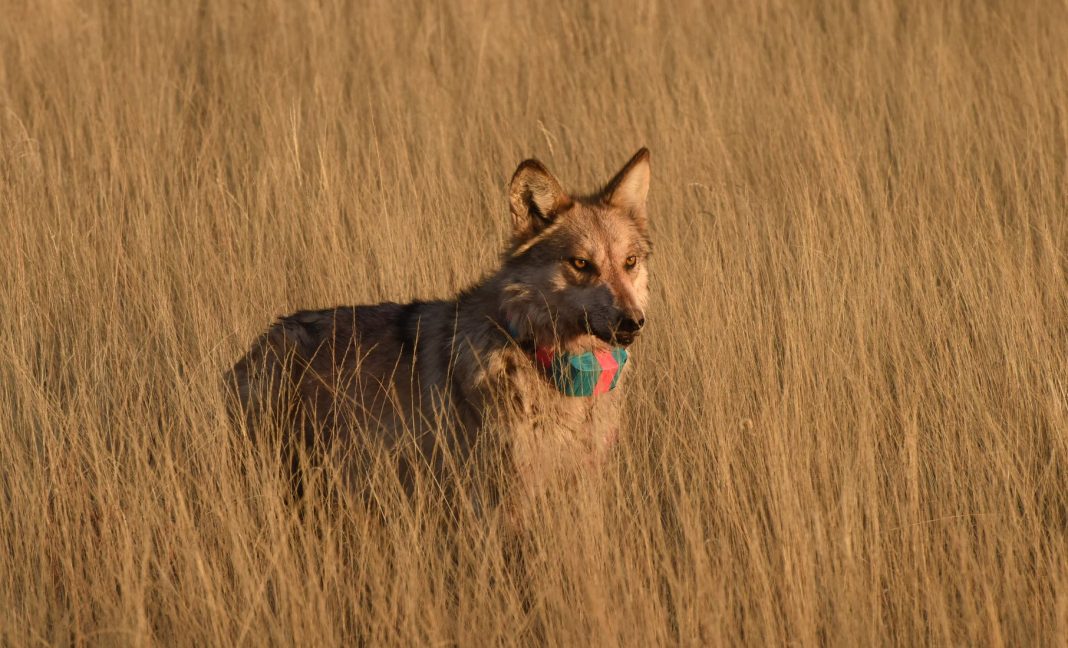Captive Mexican wolf pups were recently fostered into wild packs. The Mexican wolf recovery effort received a “genetic boost.” An inter-agency collaboration successfully “cross-fostered” 20 genetically diverse wolf pups from captive facilities across the U.S. into litters of wild wolf packs. Biologists from the Arizona Game and Fish Department (AZGFD), New Mexico Department of Game and Fish (NMDGF), and Mexican Wolf Species Survival Plan (SSP) – including massive logistical support from the U.S. Fish and Wildlife Service (USFWS) – participated.
What is Cross-Fostering
Cross-fostering is a conservation practice to take captive animals and home them with wild packs for the sake of introducing genetic diversity. This method has been proven successful by the Mexican Wolf Interagency Field Team (IFT). This 2017 AZGFD video explains in great detail.
“Managing genetics is one of the biggest challenges facing Mexican wolf conservation, even as constant progress is being made on numeric recovery. Science has proven that cross-fostering young pups works in increasing genetic diversity.”
– Jim deVos, AZGFD Assistant Director for Wildlife Management
Where Did The Pups Come From
Seven different captive-born litters from four different states provided the wolf pups.
- Endangered Wolf Center in Eureka, Missouri – three pups into Elkhorn pack in Arizona; three pups each into Dark Canyon pack and San Mateo pack in New Mexico.
- Sevilleta National Wildlife Refuge, U.S. Fish and Wildlife Service, in Socorro, New Mexico – one pup into Prime Canyon pack in Arizona.
- Sedgwick County Zoo in Wichita, Kansas – four pups into Hoodoo pack in Arizona.
- California Wolf Center in Julian, California – four pups into Rocky Prairie pack in Arizona.
- Phoenix Zoo, Arizona – two pups into Iron Creek pack in New Mexico.
Transporting the pups from Missouri involved the use of a donated flight on a private jet.
“We are grateful to all those who contributed to the success of this year’s efforts, including the staff members at the captive facilities that provided pups and the organizations and individuals that provided flight support.”
– Paul Greer, AZGFD Mexican Wolf IFT Leader
Monitoring & Observation
The IFT monitors the packs via GPS collars. The IFT will also be able to document survival and other observations via remote cameras. By the end of 2018, 131 Mexican wolves counted Mexican Wolf Experimental Population Area. By the end of 2019, there were at least 163.















